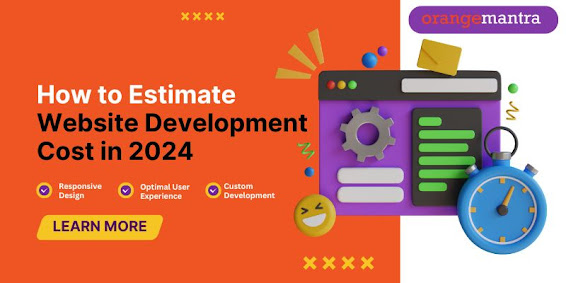1. Complexity of the Website
The complexity of the website is one of the primary factors that influence development cost. A simple informational website with a few static pages will cost significantly less than a complex e-commerce platform or a custom web application. The more features, functionality, and interactivity required, the higher the development cost will be.
2. Design Requirements
The design of the website also plays a significant role in determining the cost. Custom designs tailored to the specific needs and branding of the business will cost more than using pre-designed templates. Factors such as the number of pages, level of customization, and use of multimedia elements like images and videos will all impact the design cost.
3. Development Platform
The choice of development platform can also affect the cost of website development. Popular platforms like WordPress, Drupal, and Magento offer a range of features and functionalities at varying price points. Additionally, custom-built websites using programming languages like HTML, CSS, and JavaScript may require more time and resources, resulting in higher development costs.
4. Content Management System (CMS)
The selection of a Content Management System (CMS) can have cost implications for website development. While open-source CMS options like WordPress and Joomla are typically more affordable due to their free availability, proprietary CMS solutions may require licensing fees and ongoing subscription costs.
5. E-commerce Functionality
For businesses looking to sell products or services online, the inclusion of e-commerce functionality will add to the development cost. Factors such as the number of products, payment gateways, shipping options, and inventory management features will all impact the overall cost of building an e-commerce website.
6. Mobile Responsiveness
In 2024, mobile responsiveness is non-negotiable for websites. Ensuring that the website is optimized for mobile devices and provides a seamless user experience across different screen sizes will add to the development cost. This may involve creating responsive designs, implementing mobile-friendly navigation, and optimizing page load times for mobile users.
7. Integration with Third-party Tools and Services
Integrating third-party tools and services such as customer relationship management (CRM) systems, email marketing platforms, and social media channels can enhance the functionality of the website but may also increase development costs. Custom integrations and API connections require additional development time and resources.
8. Security and Compliance Requirements
Ensuring the security and compliance of the website, especially in industries like healthcare, finance, and e-commerce, is essential in 2024. Implementing robust security measures, such as SSL encryption, firewalls, and regular security updates, may incur additional costs but are crucial for protecting sensitive customer data and maintaining regulatory compliance.
9. Ongoing Maintenance and Support
Website development costs extend beyond the initial build phase. Businesses must budget for ongoing maintenance, updates, and support to ensure the continued functionality and security of their websites. This may include software updates, security patches, bug fixes, and technical support services.
10. Conclusion
In conclusion, the cost of website development in 2024 depends on various factors, including the complexity of the website, design requirements, development platform, CMS choice, e-commerce functionality, mobile responsiveness, integration needs, security considerations, and ongoing maintenance requirements. By carefully considering these factors and working with experienced developers and designers, businesses can ensure that they get the most value out of their website development investment in 2024 and beyond.
